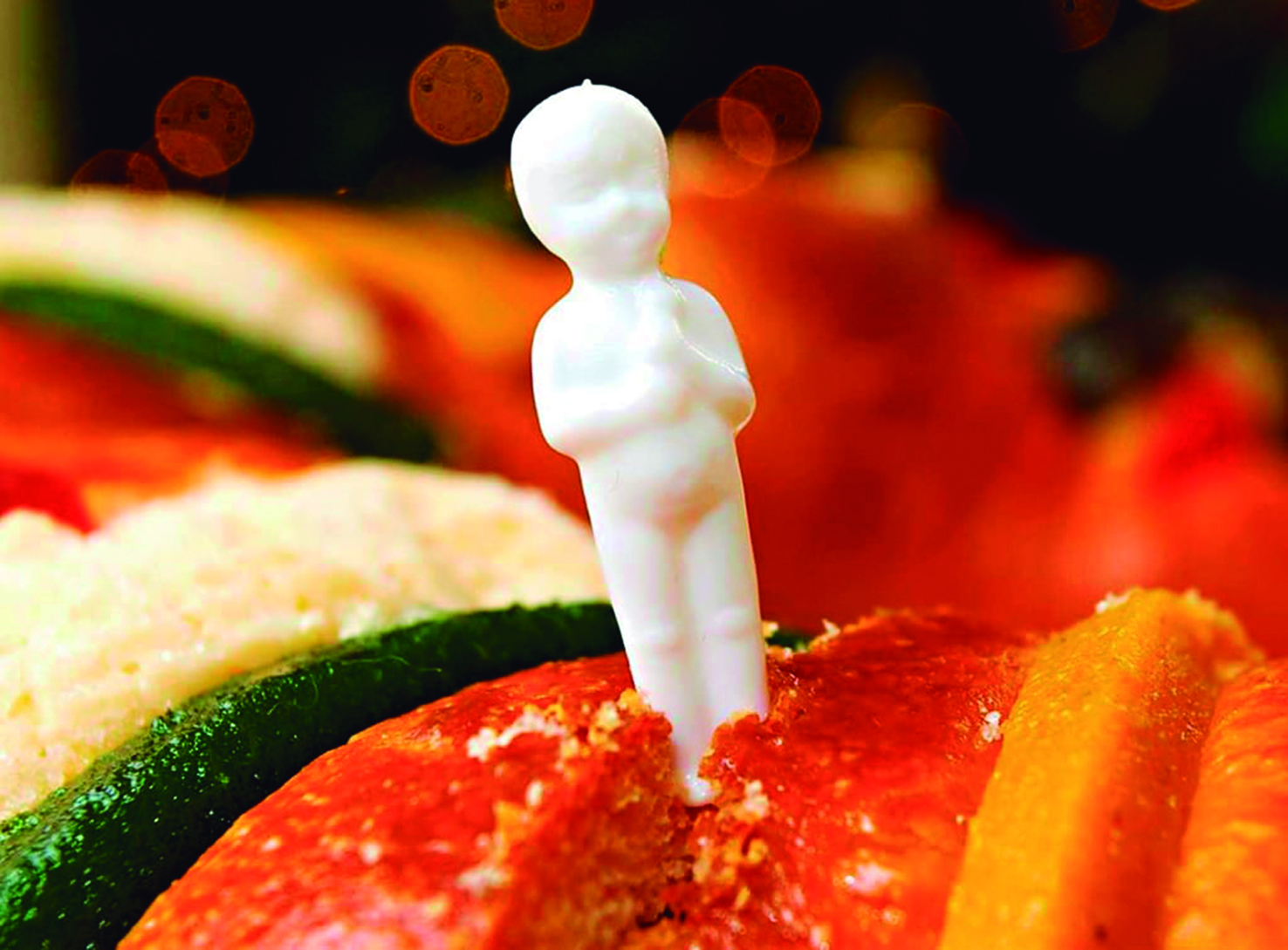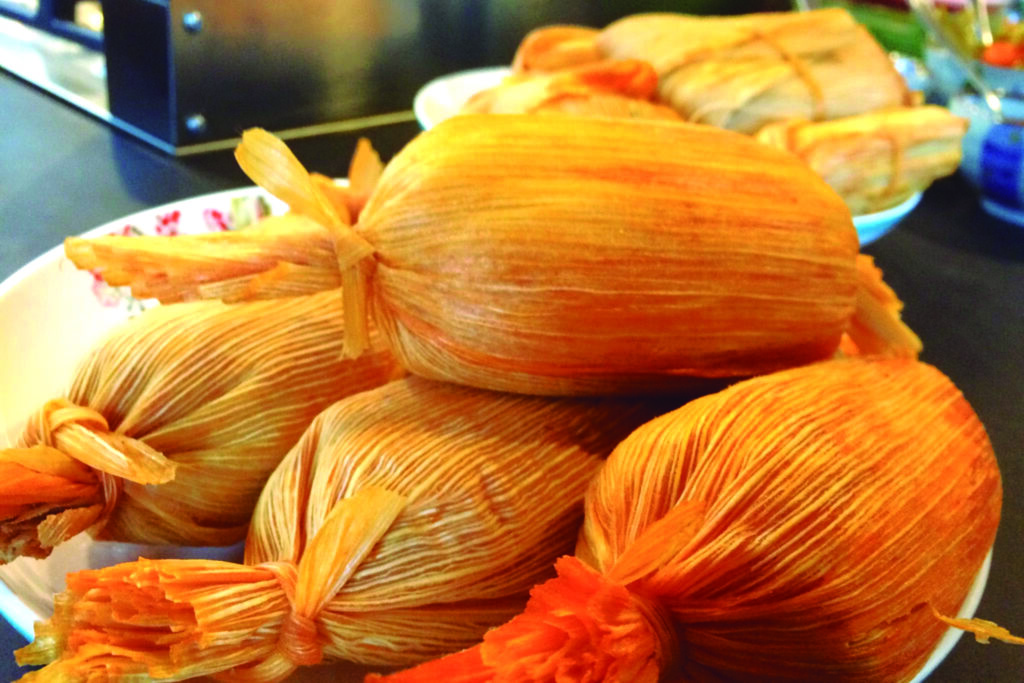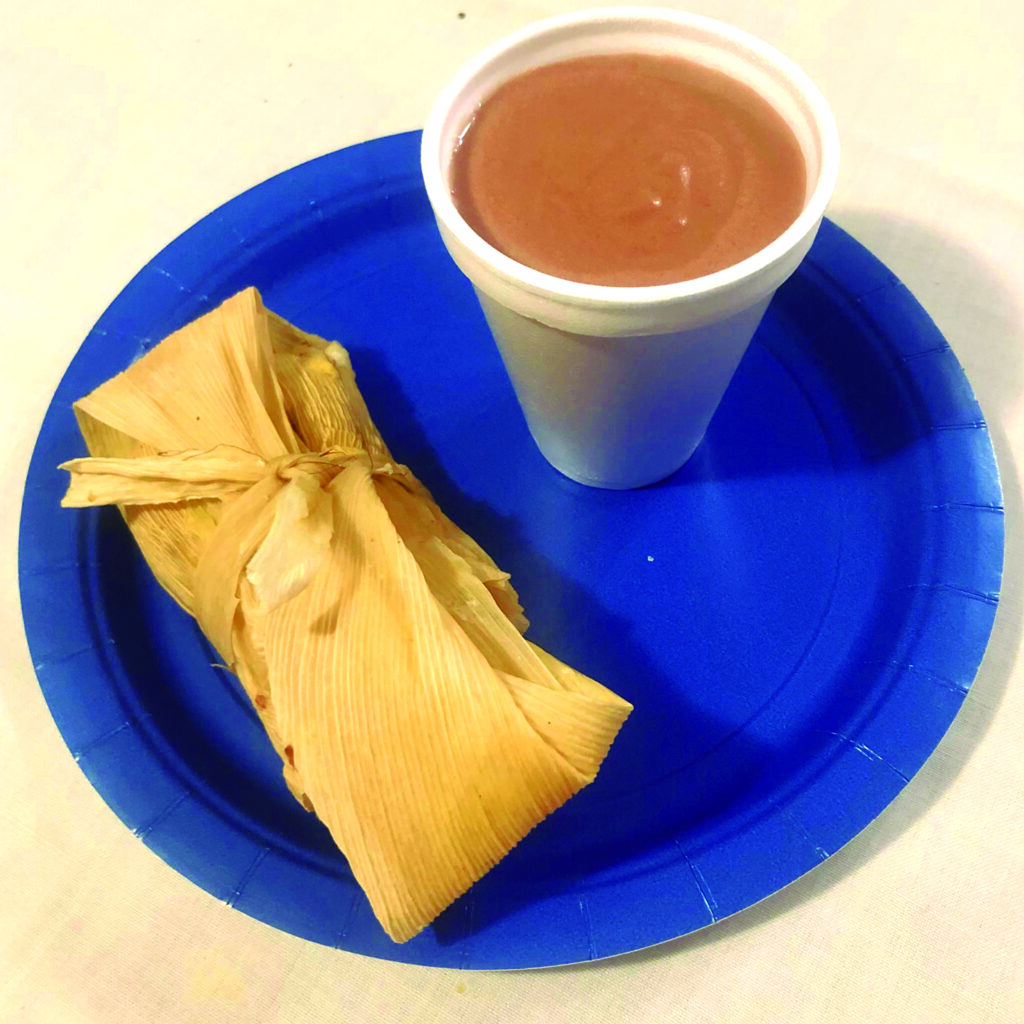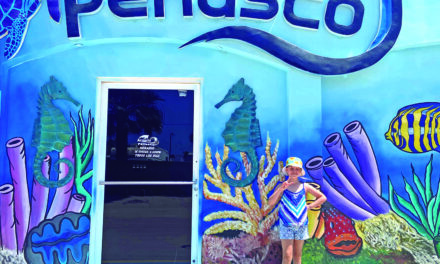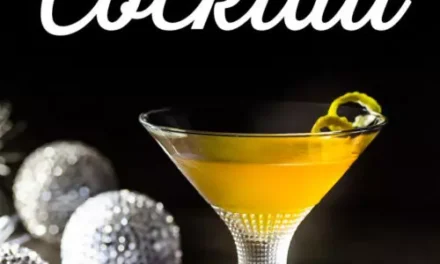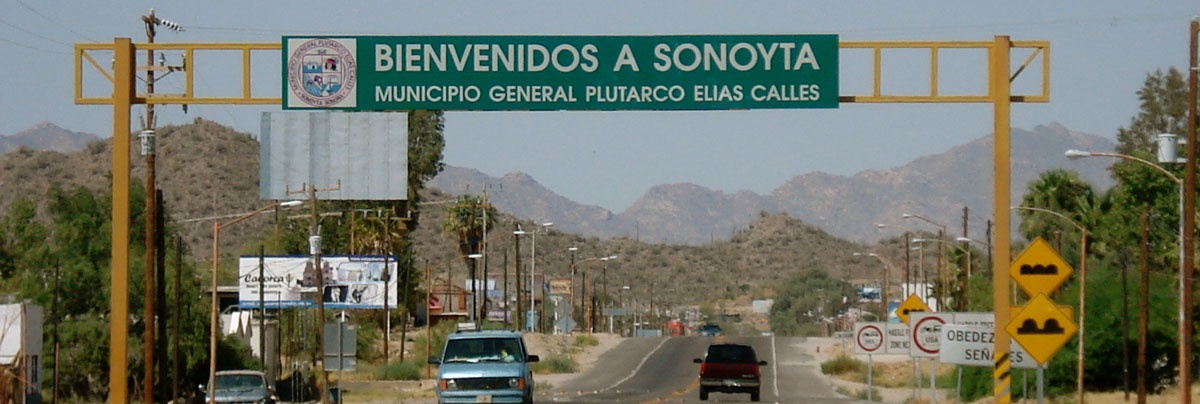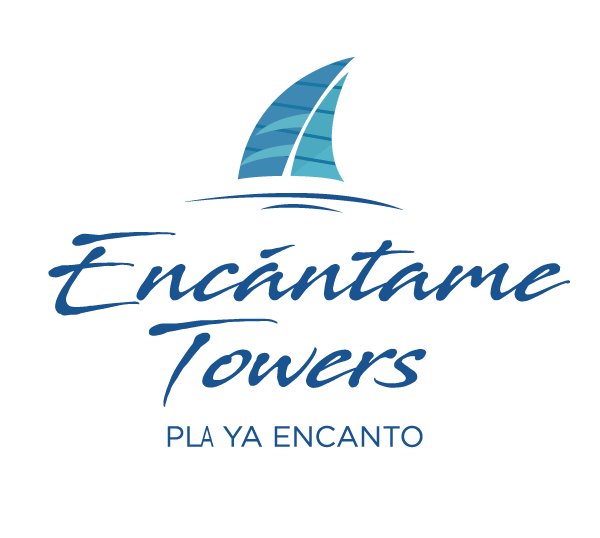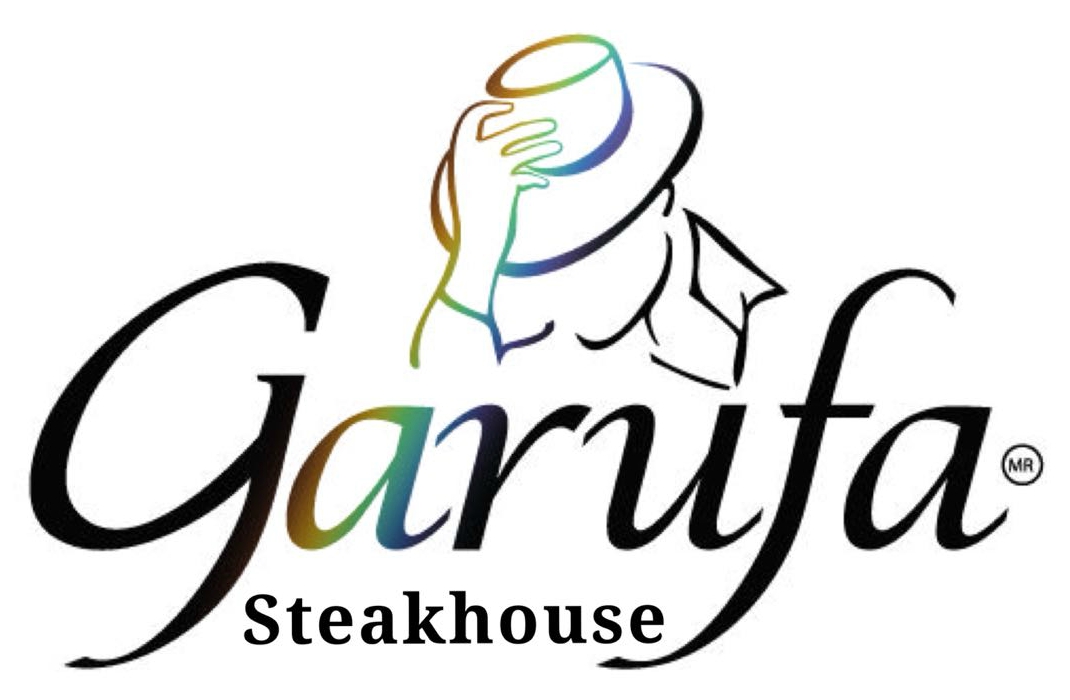Feliz Año Nuevo everyone! Hoping everyone has recovered from their New Year’s Eve festivities.
Our family usually enjoys black eyed peas, collard greens, and corn bread for good luck and prosperity.
Other good luck foods from around the world to eat for the New Year…
Fish for Abundance
Pork for Progress
Pomegranates for Fertility, Life, and Abundance
Grapes for good luck (12 grapes for each month of the year)
Noodles, extra-long noodles are thought to bring long life if you eat them without breaking, so slurp away
Rice for Fertility and Wealth
Lentils for good fortune in the next year
Cakes that are ring shaped, or other round sweets to represent the full circle of life and bring luck back around to the eater.
And remember, Christmas celebrations don’t end on New Year’s Day in Mexico. Celebrations continue into January and February.
January 6 is El Día de Los Reyes Magos (Three Kings Day) also known as the Epiphany, or the Twelfth Night. It celebrates the day the Three Wise Men (Magi) gave gifts of gold, frankincense, and myrrh to the baby Jesus. Reyes Magos is the traditional day gifts are exchanged in Mexico and most Hispanic cultures around the world. Children write letters to the Magi: Melchor, Gaspar, and Baltasar, asking for the presents they would like to receive. Sometimes the letters are attached to balloons filled with helium so their wishes can fly up into the sky. On January 5, the night before, there are often celebrations in town squares where men are dressed up as Los Reyes and pose for photos with children. Then that night children place their shoes outside their rooms, with some hay for the camels. In the morning hay is “eaten” and the shoes are filled with gifts from the Three Kings.
February 2 is Día de la Candelaria (Candlemas Day). It is also known as the Feast of the Presentation of our Lord Jesus and the Feast of the Purification of the Blessed Virgin Mary. It is 40 days after Jesus was born, and when he would have been presented at the temple to be blessed. Traditionally a Niño Dios (a finely dressed baby Jesus doll) and candles are brought to mass to be blessed. Candelaria is celebrated with a meal of Tamales, Atole (warm cornmeal drink), or Champurado (chocolate atole).
Tamales and Atole (a meal made of corn) is an important tradition spanning back thousands of years. In Mesoamerica, it was portable food eaten by hunters, travelers, and soldiers. Maize was the most important crop, as it was critical to survival, and Mesoamericans even believed that people were created from corn. Tamales at Christmas also symbolize the Virgin Mary carrying Jesus. Around the holidays family and friends gather for tamaladas (tamale making parties). Preparing tamales is labor intensive, so it is also a time of family togetherness, and a chance to pass down the art of tamale making to younger generations, and even at time pass down family history.
Now, if you’re not a cook, you can always buy a Rosca de Reyes cake and Tamales, which are widely available during the Christmas season. As you are enjoying these traditional delicacies, you can appreciate that these time-honored traditions are part of something that began thousands of years ago and continue into the future.
Wishing you peace, love, and happiness throughout the year!

